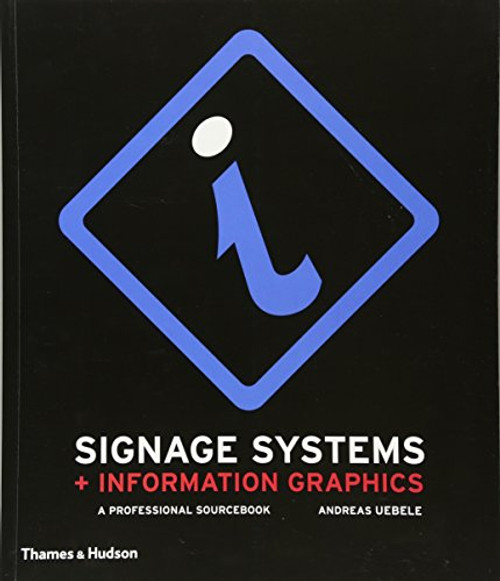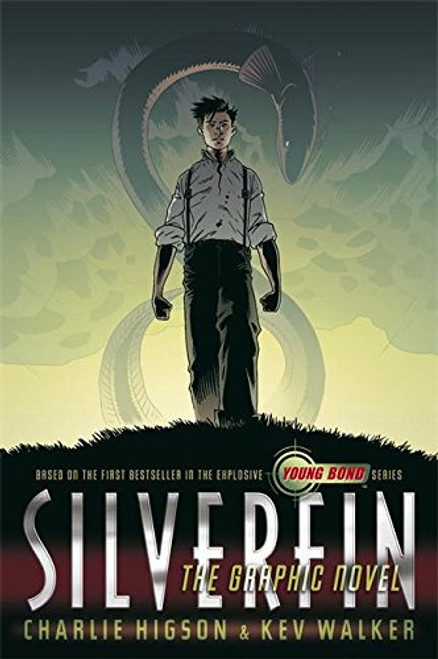Seeing is understanding: How complex ideas can be communicated via graphics
If you cant explain it simply, you dont understand it well enough.
Albert Einstein
Our everyday lives are filled with a massive flow of information that we must interpret in order to understand the world we live in. Considering this complex variety of data floating around us, sometimes the best or even only way to communicate is visually. This unique book presents a fascinating perspective on the subject, highlighting the work of the masters of the profession who have created a number of breakthroughs that have changed the way we communicate. Information Graphics has been conceived and designed not just for graphics professionals, but for anyone interested in the history and practice of communicating visually.
The in-depth introductory section, illustrated with over 60 images (each accompanied by an explanatory caption), features essays by Sandra Rendgen, Paolo Ciuccarelli, Richard Saul Wurman, and Simon Rogers; looking back all the way to primitive cave paintings as a means of communication, this introductory section gives readers an excellent overview of the subject. The second part of the book is entirely dedicated to contemporary works by todays most renowned professionals, presenting 200 graphics projects, with over 400 examples each with a fact sheet and an explanation of methods and objectives divided into chapters by the subjects Location, Time, Category, and Hierarchy.
Albert Einstein
Our everyday lives are filled with a massive flow of information that we must interpret in order to understand the world we live in. Considering this complex variety of data floating around us, sometimes the best or even only way to communicate is visually. This unique book presents a fascinating perspective on the subject, highlighting the work of the masters of the profession who have created a number of breakthroughs that have changed the way we communicate. Information Graphics has been conceived and designed not just for graphics professionals, but for anyone interested in the history and practice of communicating visually.
The in-depth introductory section, illustrated with over 60 images (each accompanied by an explanatory caption), features essays by Sandra Rendgen, Paolo Ciuccarelli, Richard Saul Wurman, and Simon Rogers; looking back all the way to primitive cave paintings as a means of communication, this introductory section gives readers an excellent overview of the subject. The second part of the book is entirely dedicated to contemporary works by todays most renowned professionals, presenting 200 graphics projects, with over 400 examples each with a fact sheet and an explanation of methods and objectives divided into chapters by the subjects Location, Time, Category, and Hierarchy.
- 200 projects and over 400 examples of contemporary information graphics from all over the worldranging from journalism to art, government, education, business and much more
- Four essays about the development of information graphics since its beginnings
- Exclusive poster (673 x 475 mm / 26.5 x 18.7 in) by Nigel Holmes,who during his 20 years as graphics director for TIME revolutionized the way the magazine used information graphics
Text in English, French, and German

























